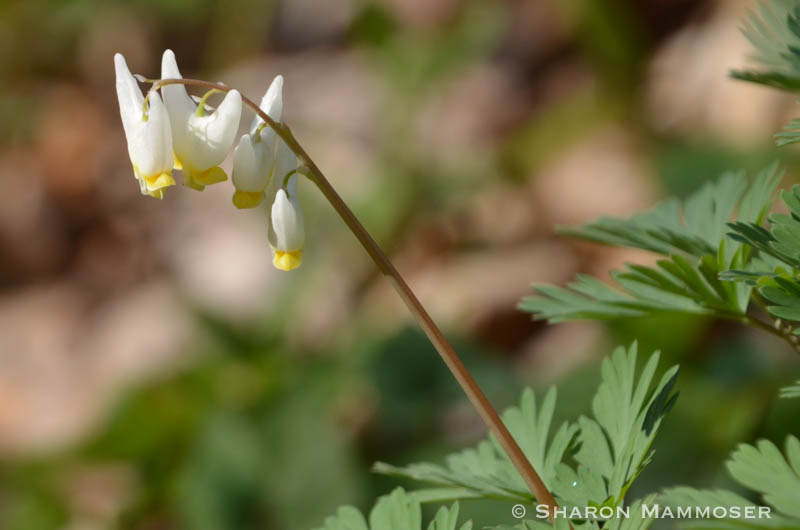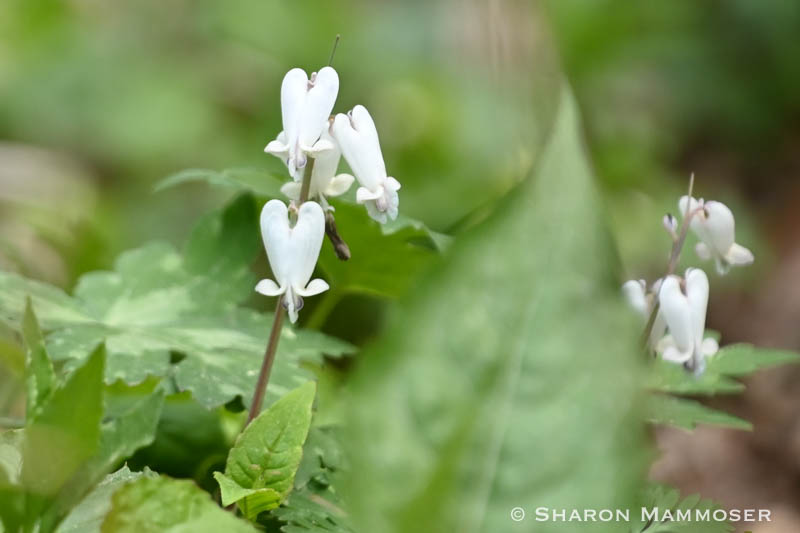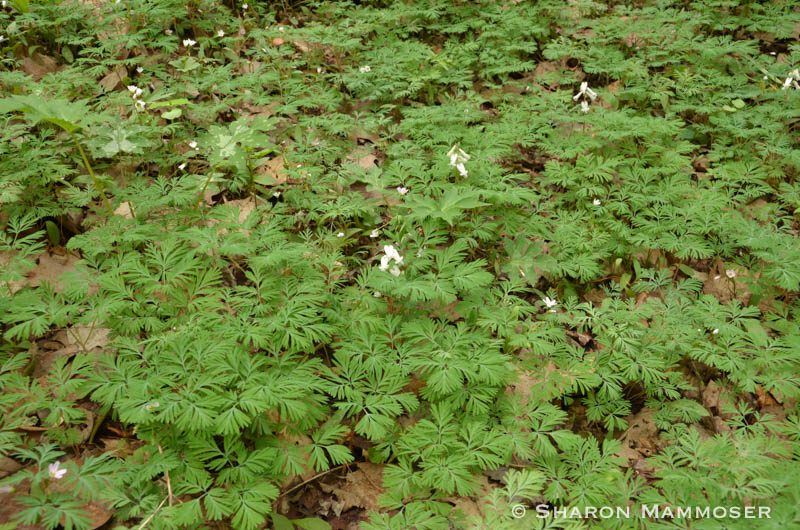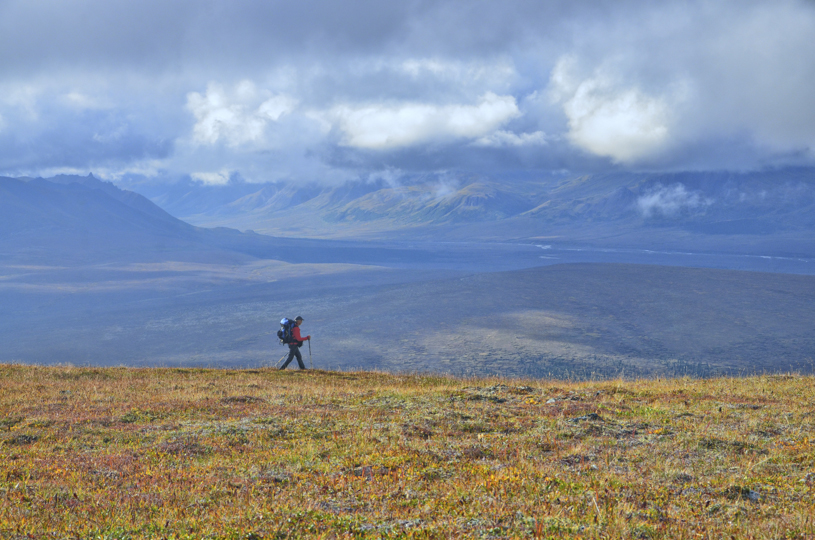Are you like me, perhaps viewing some of our spring wildflowers as old friends that you haven’t seen in a while? Some seem to appear like magic on the forest floor so that every walk in the woods at this time of year is like a treasure hunt–who knows what new flowers you might spot. It’s impossible to make any kind of time on a hike in spring as I’m constantly looking for flowers and using my field guide to identify ones I’ve forgotten since I saw them a year ago. Do you have the same trouble?
For those who pay attention to spring wildflowers, the flower from last week’s puzzler is especially noticeable. When the small white flowers are viewed closely it’s easy to see how this flower got its common name– Dutchman’s Breeches (Dicentra cucullaria), as each small flower looks like a mini pair of pants, or breeches hanging on a clothesline. Whoever named this flower really did look closely!
According to the Fish and Wildlife Service page about Dutchman’s Breeches, “One of its common names, Little Blue Staggers, is derived from its ability to induce drunken staggering if cattle graze on it, due to narcotic and toxic substances in the poppy-related genus. Bleeding heart is another common name.”
Dutchman’s Breeches is a true spring ephemeral, meaning after a short and very early bloom time–before the trees have leafed-out–it is done and gone. Its flowers disappear and then shortly after, its fern-like leaves, leaving no sign at all that the plant was ever even there. But underground, it IS there and next spring, will return to put on its brief show. Queen Bumblebees who are active early in spring after a long winter of sleep and in search of nectar pollinate Dutchman’s Breeches. And you know who spreads the seeds? As is true of many spring ephemerals such as bloodroot, trillium and spring beauty, ants do! They are interested in the thick, oily, outer covering of the seed, called an elaiosome, and take it back to their homes to eat, leaving the actual seed in their refuse pile outside. Thus the plant spreads to new locations. Isn’t nature amazing? Things are connected in ways we would never know if we just judged from the ways they look. This one small plant relies on two insects–bumblebees and ants, and both insects benefit from the plant too.
There’s another flower called Squirrel Corn, (Dicentra canadensis) with similar leaves and flowers, though there is a key difference to help tell the two apart. Most notably, the flowers of Squirrel Corn are HEART shaped and lack the yellow on the bottoms and the leaves are a bit smaller overall compared to the leaves of Dutchman’s Breeches. The other difference is underground so you’ll never likely see it but the underground parts of Squirrel Corn are yellow and resemble corn, whereas the corms of Dutchman’s Breeches are pinkish.
Here are some pictures:


Now here are the flowers of Squirrel Corn:



Anyway, I hope you’re getting out to enjoy the glorious weather and that you too are seeing some old friends of the forest. Which wildflowers are your favorites? Can you remember the names from spring to spring?
Ready for another puzzler? Let’s stay with the plant theme and do one that is very common. You can find huge colonies of it growing in the forest and it is distinctive with its huge, umbrella-like leaves. Does that sound familiar? I bet you can guess it without even seeing it!

